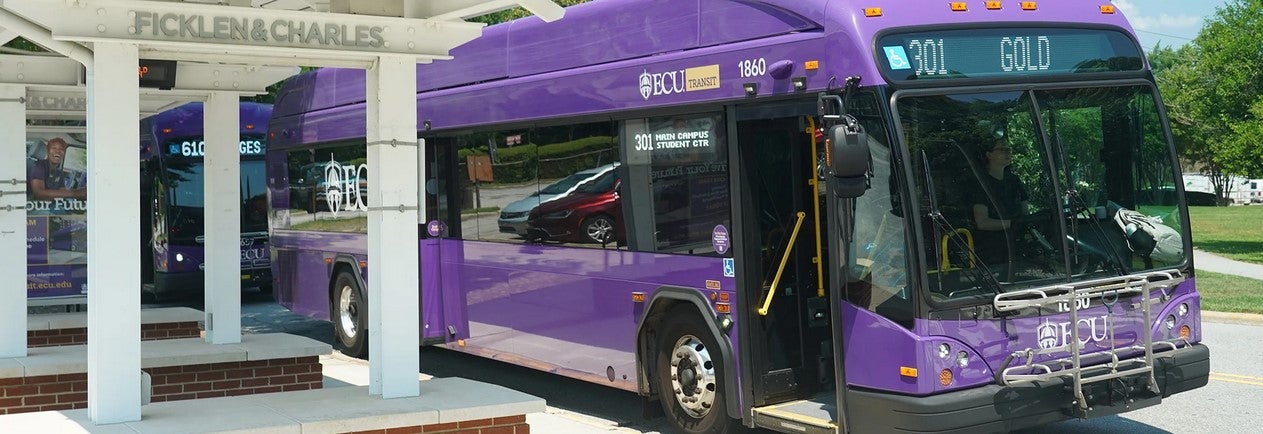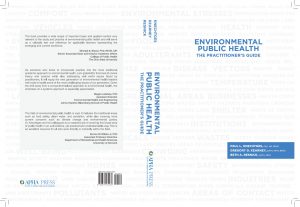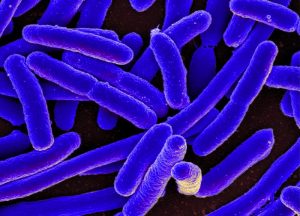Murray JW, Wu Q, Balanay JG and Sousan S (2024). Assessment of PM2.5 Concentration at University Transit Bus Stops Using Low-Cost Aerosol Monitors by Student Commuters. Sensors 24(14): 4520. doi:10.3390/s24144520
Abstract
Particulate matter of 2.5 µm and smaller (PM2.5) is known to cause many respiratory health problems, such as asthma and heart disease. A primary source of PM2.5 is emissions from cars, trucks, and buses. Emissions from university transit bus systems could create zones of high PM2.5 concentration at their bus stops. This work recruited seven university students who regularly utilized the transit system to use a low-cost personal aerosol monitor (AirBeam) each time they arrived at a campus bus stop. Each participant measured PM2.5 concentrations every time they were at a transit-served bus stop over four weeks. PM2.5 concentration data from the AirBeam were compared with an ADR-1500 high-cost monitor and EPA PM2.5 reference measurements. This methodology allowed for identifying higher-than-average concentration zones at the transit bus stops compared to average measurements for the county. By increasing access to microenvironmental data, this project can contribute to public health efforts of personal protection and prevention by allowing individuals to measure and understand their exposure to PM2.5 at the bus stop. This work can also aid commuters, especially those with pre-existing conditions who use public transportation, in making more informed health decisions and better protecting themselves against new or worsening respiratory conditions.
Photo source: ECU Transit




